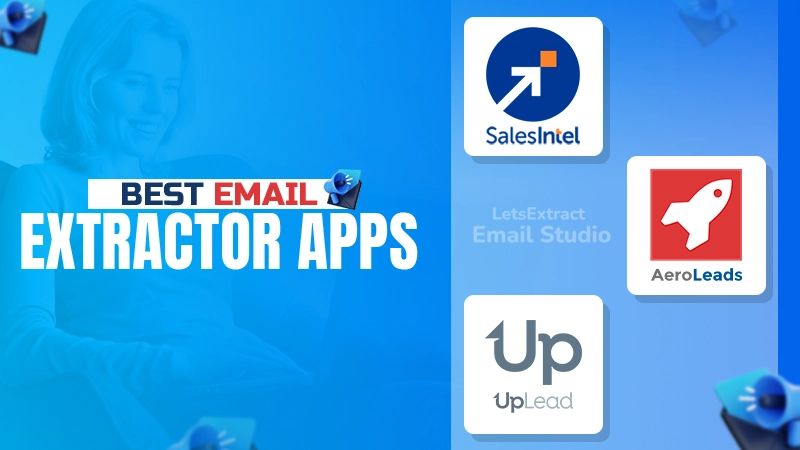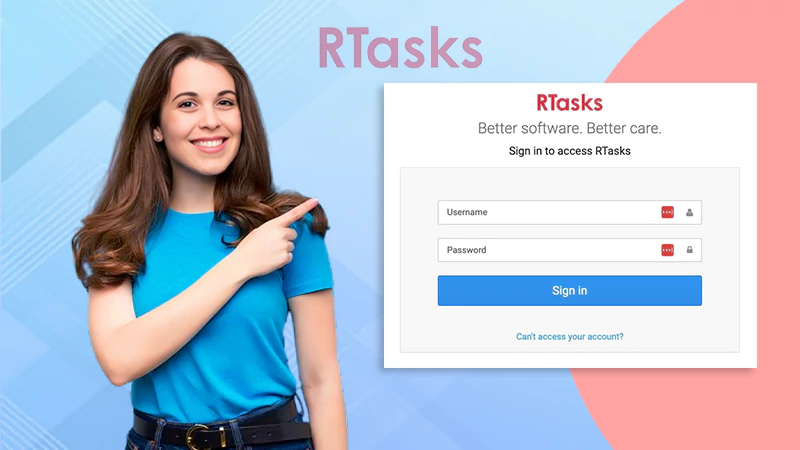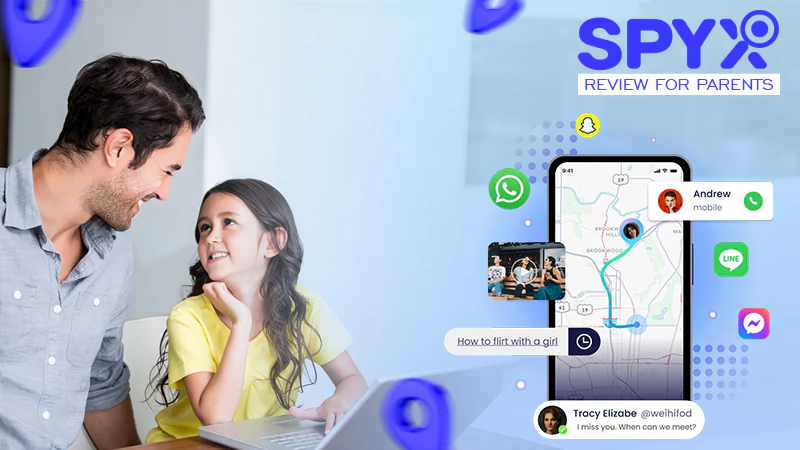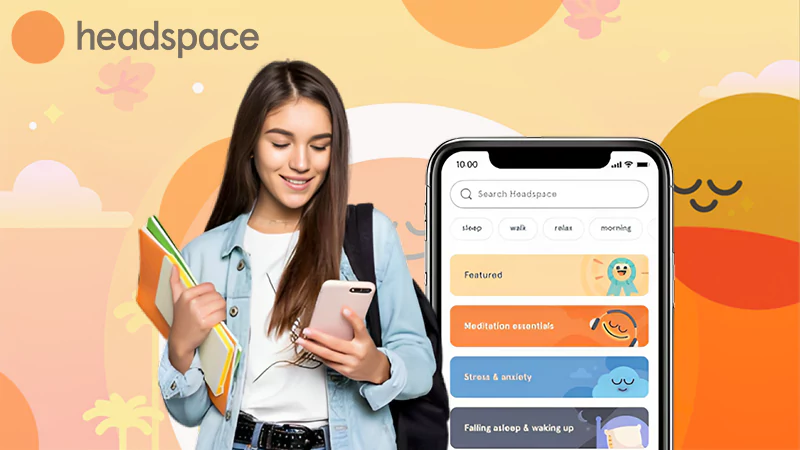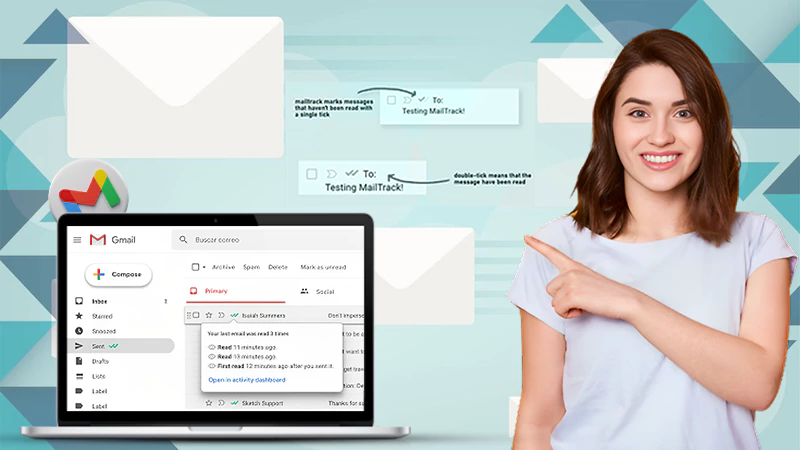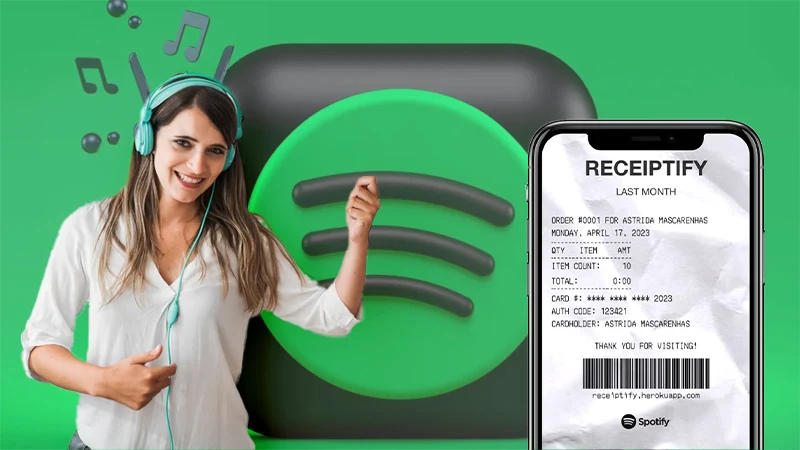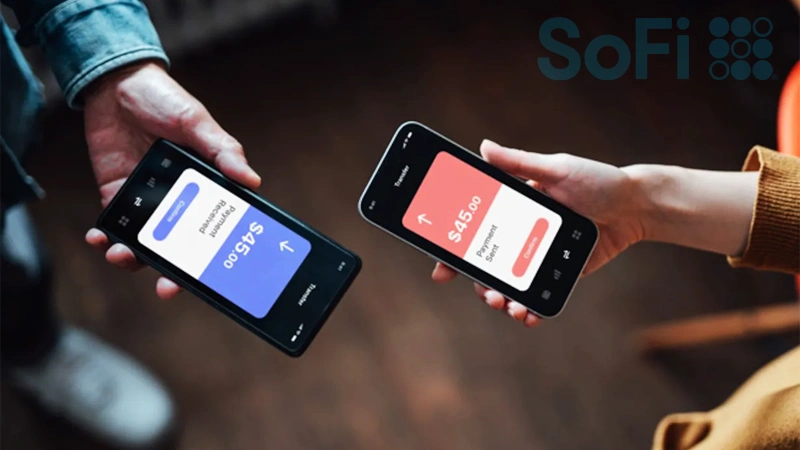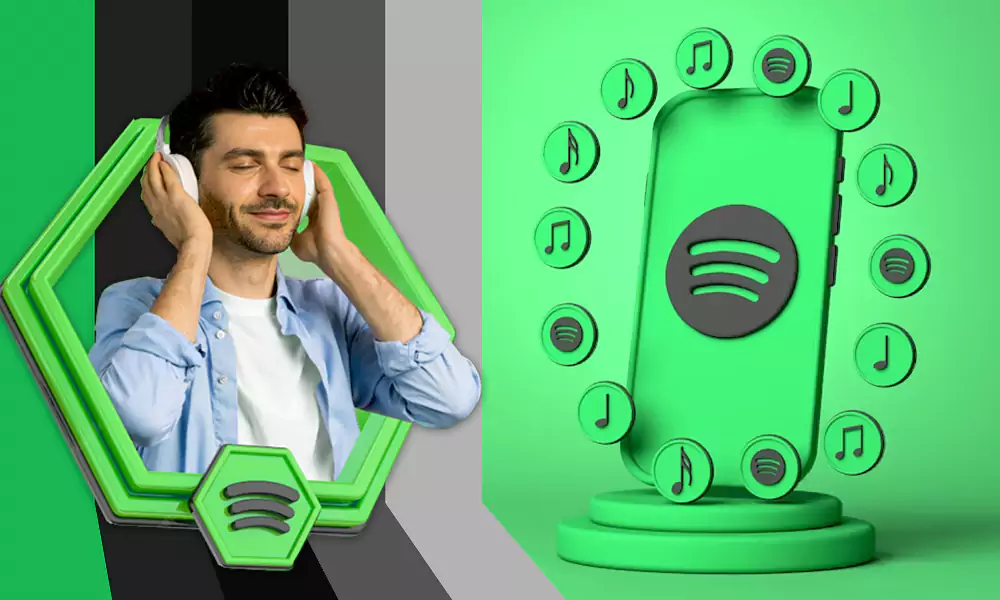What Should Be Your App Install Goal?
In any kind of business, setting clear and defined goals is the key to success. These goals could be the number of sales, annual growth, or developing new products; having an objective in place gives you something to work towards.
This applies to app developers too. When launching your app, establishing goals can provide you with a route map and a framework to guide you and help you meet your targets. For an app to be a success, people have to download it. Some developers chose to buy iOS installs, while others opt for organic marketing strategies to generate downloads. Regardless of the approach, it can be difficult to figure out just how many downloads you should aim for. What should be your app install goal? Let’s find out. Take a look at our guide to establishing the install goal that is right for your app.
Why are Installs Important?
As we mentioned earlier, the success of your app is measured by how many people download it. The app development process is expensive, if you want to see a return on your investment you need to ensure that your app is making it into the hands (and onto the phones) of users.
Installs play another important role as well. Today’s app stores are home to millions of different apps. To make it easier for users to explore and browse, apps are sorted into lists and charts. Apps higher on these charts will see far more traffic, while those further down risk being ignored or forgotten about.
So, what factors determine where an app is placed on one of these lists? There are a number of things that come with it, but one of the primary influencing factors is the number of downloads. Apps with more installs will be placed higher in the charts, where they will enjoy more traffic and, as a result, even more downloads.
What Should You Take into Consideration?
When it comes to creating an install goal for your app, the aim is to make sure that you neither aim too high nor too low. And part of that is making sure that you take all the aspects of your app into consideration.
For example, if you’re creating a simple loyalty card scheme app for Mcdonald’s, that’s going to be a lot different from a small indie developer with a niche idea, for example. You should take into account the established audience, the universality of the product or service you’re offering in the app, and general tastes.
So, if your app is for your small business with a small but loyal following, you should lower your expectations to meet that. Customers can be loyal but they can only download an app once and use it over and over. And if we’re talking about installs, not engagement, the fact that they can only download it once is important. Whereas if your app is made to represent an established brand, you can look at the following found elsewhere to give yourself an educated guess on how many installs you will get from looking at social media, for example.
But that doesn’t mean that your numbers are going to match your Instagram following exactly. Don’t be put off if your app installs fall short of your engagement on social media. Some people like you and the brand but simply don’t want to clutter up their phone space, and plenty of other fairly petty reasons to not bother: it doesn’t do anything customers care about, the customer likes the brand but not that much, the customer wouldn’t use it enough to keep it on their phone, etc.
How Many Installs Do You Need?
So, now we know why installs are so important. How many do you actually need for your app to be a success? According to research, an app would need around 156,000 downloads a day to reach the top spot on the charts. This is a considerable sum, one that has risen in recent years. In 2019, this number was just 114,000, evidence of how rapidly the app market is growing, further supported by the fact that there was a total of 255 billion global app downloads in 2022.
It can be easy to feel intimidated by these figures. However, your app doesn’t necessarily need to see hundreds of thousands of downloads a day or claim the number-one spot on the charts to be considered a success. How you measure success will depend on the particular app you have made. For example, if your app serves a relative niche purpose, it would be unrealistic to expect it to be challenging long-established, massively popular apps for the top spot.
Setting Your Goals
When it comes to setting app install goals, it’s important to assess your app carefully and think about its unique potential. Your app may have a ceiling, with success beyond that point impossible. It’s vital you identify this; it can help you set achievable goals that can be realistically met.
What is a SMART install goal?
If you’re looking to create a new goal, you might want to consider the SMART method. SMART stands for Specific, Measurable, Achievable, Relevant, and Time-bound.
Install goals luckily ticks off a couple of these by nature. For example, Measurable is handled because you’re counting installs. How many installs you are looking for will handle Specific as long as you do land on a number or range that’s not too broad. Achievable is where you need to think about those extra factors we went over that might entice a user to download your app. Making sure your goal is Relevant is about making sure that an install goal is something that will aid in your business’s overall goals and that you’re not focusing on the wrong thing, like sales or follows, etc. And Time-bound simply means that you should add a deadline to work towards and motivate you.
So, for example, a good app goal would be to reach 100,000 downloads by the end of the first quarter to aid in your small business in the city.
Strategies of Implementing DevOps for Success
The Top 5 Email Extractor Apps of 2024
How Can QR Codes Simplify Your Daily Routine:…
All-Inclusive Guide on RTasks Login at RTasks.Net!
SPYX Review: The Ultimate Spy Tool for Worried…
From Exams to Exercise: How Health and Wellness…
Spotify Receiptify: Learn How to Create & Share…
Unlocking the Power of Money Transfer: Simplifying the…
Secure and Swift: Exploring Online Money Transfer Options
What Is Spotify Color Palette, How to Create…
Maximizing ROI: Tips for Cost-Effective Direct Mail Campaigns


